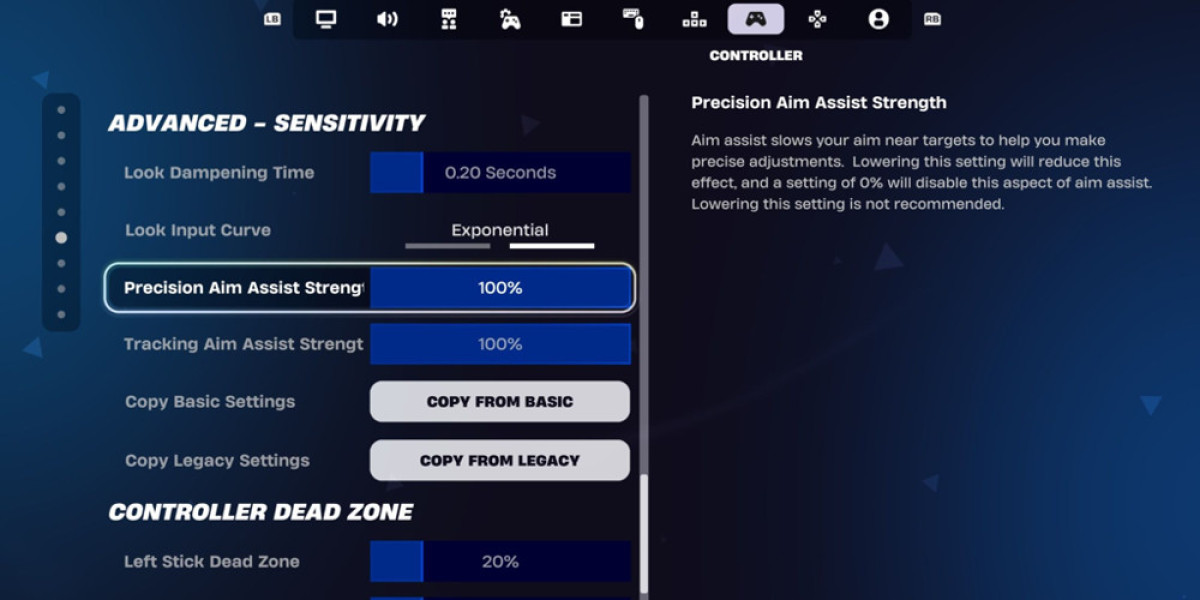Entering the world of electrical estimating? Congratulations—you’re stepping into one of the most in-demand and rewarding areas of construction! Whether you're just getting started as an estimator or looking to improve your skills, understanding electrical estimating services—and how to offer them at competitive rates—is key to winning projects and building trust in the industry.
In this post, we’ll walk you through the basics of electrical estimating, how to offer competitive rates without cutting corners, and some practical tips to help you grow your career or business with confidence.
⚡ What Are Electrical Estimating Services?
Electrical estimating services involve calculating the material, labor, and equipment costs required for the electrical portion of a construction project. This includes:
- Wiring and conduit
- Panels and switchgear
- Lighting systems
- Fire alarms, data, and communication systems
- Labor hours and installation methods
Accurate estimating is critical to staying profitable. Underestimate, and you lose money. Overestimate, and you lose the job. That’s why so many contractors—especially small to mid-size firms—rely on skilled electrical estimators or third-party estimating services to help them stay competitive.
Step-by-Step Guide to Electrical Estimating Services
Step 1: Study the Project Plans and Specs
Every great estimate starts with understanding the scope of work. Carefully review:
- Electrical drawings
- Specifications
- Scope documents
- General and special conditions
Look for what’s included and what’s excluded. Identify the systems involved and any special requirements—like high-voltage systems or green energy components.
? Pro Tip: Use color-coded markers or digital takeoff tools to highlight key areas as you review.
Step 2: Perform an Accurate Takeoff
Next, perform a quantity takeoff—a detailed list of every material and component needed. This includes:
- Lengths of conduit and wire
- Number of devices (switches, outlets, lights)
- Size and type of panels
- Specialized equipment
You can do this manually from paper plans or use digital tools like:
- PlanSwift
- Bluebeam Revu
- ConEst
- Trimble Accubid
Digital tools save time and reduce human error—plus they often include built-in pricing databases for quick estimates.
Step 3: Price Materials and Labor
Once you have your quantities, it’s time to apply unit prices. For materials, get quotes from local suppliers or use cost databases like RSMeans or TradeService.
For labor, calculate based on:
- Estimated hours per task
- Local labor rates
- Project complexity and access
Make sure to account for tools, equipment rentals, permits, and safety gear.
Beginner Tip: If you’re not sure how long something will take, ask a field electrician or use a labor manual like NECA’s Manual of Labor Units.
Step 4: Add Overhead, Profit, and Contingency
This is where many beginners get tripped up. Don’t just estimate the materials and labor—add:
- Overhead (office expenses, insurance, software, etc.)
- Profit margin (typically 5–20%, depending on competition)
- Contingency (a buffer for unexpected changes—usually 2–5%)
Competitive rates don’t mean “cheap”—they mean realistic pricing that wins jobs without sacrificing quality or profitability.
Step 5: Review and Finalize Your Estimate
Before submitting your estimate:
- Double-check your quantities
- Confirm pricing is current
- Ensure labor rates match the project location
- List any inclusions/exclusions clearly
A polished, professional estimate builds trust and increases your chances of winning the bid.
Use a template to standardize your estimates—it saves time and ensures consistency.
Practical Tips for Offering Competitive Electrical Estimating Services
1. Know Your Market
Pricing can vary dramatically based on location and project type. Stay updated on:
- Local union vs. non-union rates
- Material supply chain issues
- Regional code requirements
Competitive estimating starts with understanding the market you're in.
2. Use the Right Software
Invest in tools that speed up your workflow and reduce mistakes. For beginners, start with:
- PlanSwift or Square Takeoff for digital takeoffs
- Excel or Google Sheets for pricing and formulas
- Houzz Pro, Procore, or Buildertrend for managing bids and communications
Over time, you can scale into industry-specific platforms like Accubid.
3. Avoid Underbidding
Trying to undercut the competition by going too low? That might get you the job, but it could cost you in the long run.
Instead, focus on value:
- Clear communication
- Accurate scope coverage
- Fast turnaround times
- Clean and professional proposals
Clients are more likely to choose a reliable, transparent estimator over the cheapest one.
4. Keep a Cost History
Track every estimate you create—win or lose. Over time, you’ll build a personal database of:
- Material and labor costs
- Job types and margins
- Common errors or change orders
This helps you refine your pricing and improve accuracy on future bids.
5. Ask for Feedback
Don’t be afraid to ask a contractor or client why you didn’t win a bid—or why you did! Constructive feedback is gold for new estimators.
You’ll quickly learn what your clients value most and where you can improve.
Conclusion:
Getting started in electrical estimating may seem overwhelming, but remember—every expert estimator started where you are right now. The key to success is consistency, curiosity, and confidence.
By mastering the basics, using the right tools, and pricing your services competitively without undervaluing your work, you’re already ahead of many others in the field.
So go ahead—take that next step. Start your next estimate with a clear plan, reach out for help when you need it, and focus on delivering value, not just low numbers.


